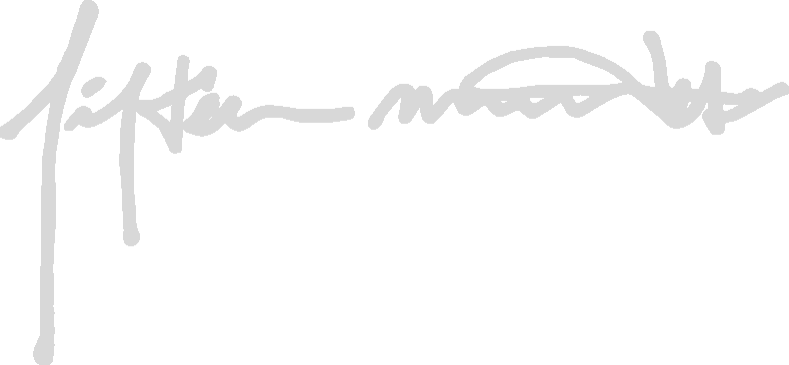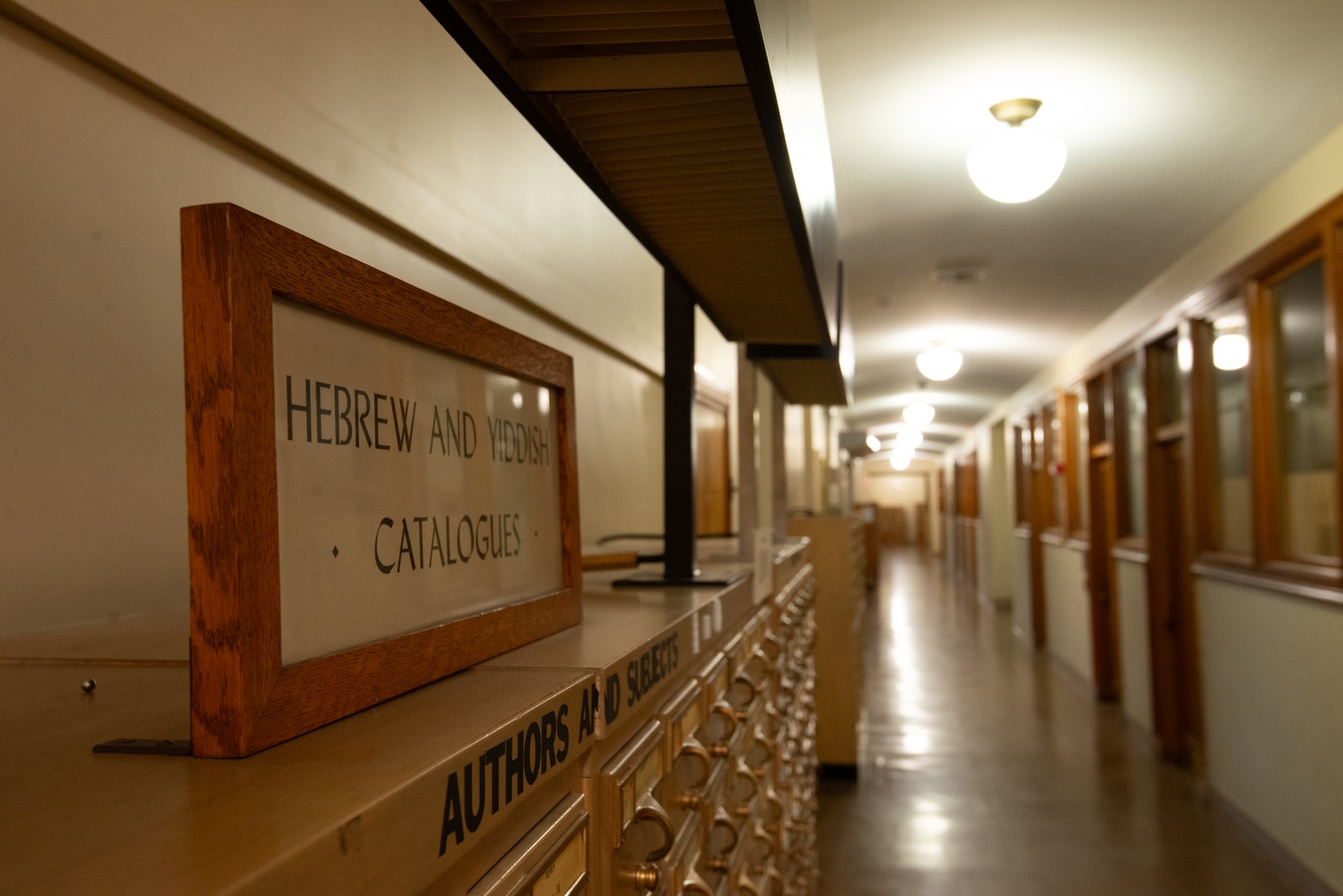Why Are There Yiddish Napkins in Harvard’s Archives?
The Harvard Library’s corporate structure is as convoluted as you might expect from an organization employing over 800 staff: Harvard’s provost oversees the vice president for Harvard Library, who oversees her direct reports, who oversee a panoply of working groups, standing committees, libraries, and departments.
Among the 13 listed departments, nestled beside the opaque (what are “access services”?) and the understandable (IT, University Archives, etc.), the Judaica Collection division seems an odd bedmate. It is the only special collection designated a separate department, not housed within another program or library.
The collection is in a league of its own, not just in its organizational structure, but in its scope and scale. Not only is it one of the largest Harvard library collections, including the largest digitized image collection of HOLLIS, but it is the second largest Judaica collection in the world, behind only the National Library of Israel.
The scope comes, in part, from the collection’s sweeping mandate to collect “materials that represent the history of the Jewish people from all places in all times,” says Elizabeth Kirk, the associate university librarian for scholarly resources and services. This means that not only does the department collect traditional religious texts, but radio and TV broadcasts, music and theater recordings, Israeli political posters, ultra-Orthodox broadsides (“pashkevilim”), and fridge magnets with weekly Sabbath times.
Because of the collection’s wide range, Raphael A. Halff, a Ph.D. student in the Comparative Literature Department, often finds himself engrossed in its unexpected materials. Though he specifically focuses on Soviet Yiddish wartime narratives, Halff’s research has led him to more eclectic finds: “Paper cocktail napkins with really bad semi-Yiddish puns on them. And they weren’'t even made that long ago. They were probably made in the ’70s. You can still buy them on eBay,” laughs Halff.
“That you had to view them in the reading room, I thought was kind of amazing,” he adds.
Pamela Brenner, another Ph.D. student studying Yiddish literature, uncovered some personal finds among the collection’s eccentricities, including photos of her grandfather (a prominent New York rabbi) and even a playbill from her own elementary school production of “Fiddler on the Roof.”
That the collection includes such random items begs the question of what the curators deem preservation-worthy. “It seems to me that Harvard does not have a definition for that,” says Halff, “and that’s what makes Harvard’s collections so good — they have lots of leeway.”
For Kirk, who oversees the Judaica Collection, this isn’t just collecting for collecting’s sake. “When you hear the voices of the past, depending on who those voices are — and this is why we collect everything — those voices are either the witnesses or they are the evidence,” Kirk says.
Kirk’s archival philosophy is especially visceral for the many Jewish cultures that have been wholly or in large part eradicated, now existing in few places other than the archive. “Many of those things don’t exist in Europe anywhere because they were burned by Nazis,” Kirk notes, adding, “We have a huge collection that speaks of a world that no longer exists.”
Brenner also emphasizes the importance of the collection’s breadth. Her research centers around late-19th and early-20th century Yiddish popular fiction — the kind of “trash” (“shund” in Yiddish) that nobody thought worthy of keeping on a bookshelf for decades.
“Many of the books in this type of genre are completely lost,” Brenner says. “But because the Judaica library here is very focused on collecting as many materials as possible, especially starting with 19th century materials, they have access to a lot of these books, and they also have worked to digitize a lot of them.”
To obtain, catalog, and digitize these collections requires finding funds in an increasingly parsimonious environment. Kirk is well aware of the uncertain future facing library collections. She speaks candidly of budget cuts and associated changes in policies throughout the University Library system. But the Judaica Collection, for its part, can rely on a large endowment and regular contributors to continue its operations mostly undisturbed.
As the collection continues to accumulate tens of thousands of items a year, Harvard Library archivists are innovating to keep it organized and accessible. In addition to state-of-the-art digital preservation and partnership agreements, they are even experimenting with using AI to catalog texts written in rare languages.
“Even though the collection speaks about the past,” Kirk says, “the collection is 100 percent about the future.”
—Magazine writer Henry G. Levenson can be reached at henry.levenson@thecrimson.com.



